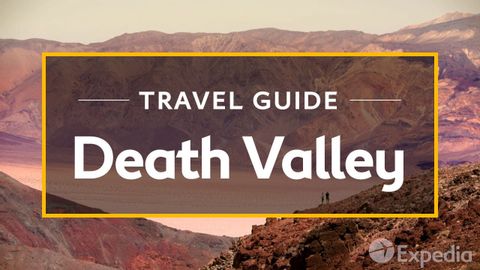
Subtitles & vocabulary
Death Valley Vacation Travel Guide | Expedia
00
Eric Wang posted on 2020/10/18Save
Video vocabulary
explore
US /ɪkˈsplɔr/
・
UK /ɪk'splɔ:(r)/
- Transitive Verb
- To examine something in detail to learn about it
- To travel to a place to discover more about it
A2TOEIC
More abundance
US /əˈbʌndəns/
・
UK /əˈbʌndəns/
- Uncountable Noun
- Quantity that is very large or more than enough
B2
More inspire
US /ɪnˈspaɪr/
・
UK /ɪn'spaɪə(r)/
- Transitive Verb
- To give someone an idea to do or make something
- To make someone feel a certain emotion
- Intransitive Verb
- To breathe in
- To draw (air, etc.) into the lungs.
B1TOEIC
More form
US /fɔrm/
・
UK /fɔ:m/
- Noun
- Sports team or person's current winning record
- Document you complete when making an application
- Transitive Verb
- To organize something such as a club or group
- To develop; to come into a shape or substance
A1TOEIC
More Use Energy
Unlock All Vocabulary
Unlock pronunciation, explanations, and filters
